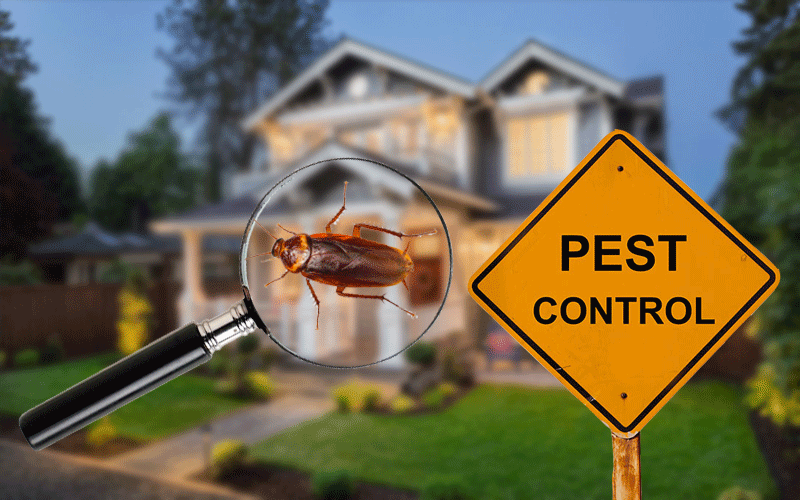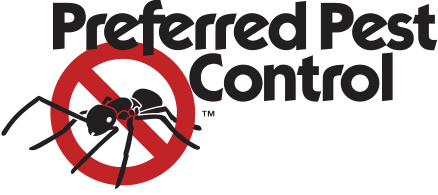Insect Control 101: Identifying Common Vermin and Their Reliable Treatments
Insect control is a basic facet of keeping a healthy and balanced living atmosphere. Typical bugs like ants, rodents, and different bugs can pose substantial difficulties. Understanding their habits and signs of infestation is necessary for effective management. While chemical solutions exist, there are additionally natural choices worth taking into consideration. As one explores the nuances of parasite recognition and therapy options, the significance of prevention strategies comes to be increasingly noticeable. What techniques can absolutely maintain pests away?
Recognizing Ants: Kinds and Their Environments
Ants, little yet awesome bugs, are a diverse group that can be discovered in different environments throughout the globe. There more than 12,000 determined species, each displaying special actions and adaptations. Usual types include the black yard ant, which thrives in warm locations, and the fire ant, understood for its uncomfortable sting, prevalent in warmer areas. Carpenter ants like moist timber, making them a worry for homeowners, while scent-laden residence ants are attracted to human food resources.
Ants construct intricate nests, typically underground, in wood, or within structures. Their environments vary from forests to urban setups, showcasing their adaptability. Many types are social, staying in swarms that can differ in size from a couple of lots to millions. Identifying the kind of ant is necessary for efficient pest management, as each species has different nesting behaviors and foraging actions that influence control approaches. Comprehending their habitats aids in avoidance and treatment efforts.
Acknowledging Rodents: Indications of Invasion
Rats, like ants, can position significant obstacles for organizations and house owners alike. Recognizing indications of a problem is crucial for efficient insect control. Usual indications include droppings, which are often located near food resources or nesting areas; small, dark pellets that can be misinterpreted for seeds. Eaten wires, furniture, or product packaging may also indicate a rodent presence, as they constantly gnaw to maintain their teeth workable. In addition, home owners may see gnaw marks on wall surfaces or baseboards. Unpleasant smells, coming from pee and droppings, can show a bigger trouble. Scratching or scooting sounds, specifically during the night, are one more indication of rodents. The visibility of nests, normally made up of shredded materials like paper or material, can validate an invasion. Resolving these signs immediately can aid mitigate damage and stop the spread of diseases connected with rodents.
Typical Insect Vermin: From Aphids to Termites
Insects stand for a varied team of insects that can unleash mayhem in gardens and homes, with species varying from little aphids to damaging termites. Aphids are tiny, sap-sucking bugs that can promptly infest plants, bring about stunted growth and distortion. They frequently bring in ants, which shield them from natural killers. On the other end of the range, termites are notorious for causing substantial architectural damage to wooden structures. They eat cellulose discovered in wood, compromising the stability of structures and homes. Various other typical bug bugs consist of roaches, which grow in unsanitary conditions, and bedbugs, known for their bites and problem in removal. Flies, particularly houseflies, can pollute food and send conditions, while insects present health and wellness dangers via their bites. Efficient insect monitoring begins with identifying these bugs and understanding their behaviors, which is necessary for stopping infestations and safeguarding both home and health.
Reliable Therapies: Chemical and Natural Solutions
While home owners usually look for instant alleviation from bug infestations, choosing the ideal therapy-- whether chemical or natural-- calls for careful factor to consider of effectiveness and safety and security. Chemical options, such as pesticides and chemicals, can provide quick outcomes however commonly carry dangers, consisting of prospective injury to environmental worries and non-target varieties. Property owners have to review tags, follow application guidelines, and think about the timing of website therapies to lessen risks.
Alternatively, natural services, such as diatomaceous planet, vital oils, or homemade catches, attract those seeking environmentally friendly choices. They might take longer to reveal outcomes, several natural treatments are more secure for houses with youngsters and pets. Integrated pest management, which incorporates both chemical and natural approaches, can also be efficient. Ultimately, the selection between these therapy types must line up with the severity of the infestation, personal values regarding safety and security, and the specific parasite being targeted
Avoidance Methods: Maintaining Your Home Pest-Free

Furthermore, appropriate landscape design can discourage insects; maintaining hedges trimmed and eliminating debris from the yard decreases concealing locations. Homeowners must likewise consider moisture control, as several bugs flourish in moist conditions. Repairing leakages and ensuring correct water drainage can reduce this risk. Using natural deterrents, such as essential oils or diatomaceous earth, can develop a negative atmosphere for bugs. By implementing these techniques, people can create a pest-free home and lower the probability of future problems.
Often Asked Inquiries
Just how Do I Know if I Have a Pest Problem?
Indications of a pest issue consist of droppings, chomp marks, nests, or unusual sounds. Observing damaged food or residential property, in addition to inexplicable attacks or rashes, may also suggest the presence of pests in the setting.
Are There Any Seasonal Pest Trends to Be Familiar with?

Can Indoor Plants Attract Pests?
Indoor plants can certainly attract bugs, as they provide an ideal atmosphere for bugs like aphids and spider mites. Pest Control Homestead. Proper treatment and regular examination are important to stop problems and maintain plant wellness
What Are the Wellness Dangers Connected With Bug Infestations?
Parasite infestations position different wellness threats, consisting of allergic reactions, respiratory system issues, and the spread of illness. Exposure to pests like rodents and insects can cause infections, attacks, and contamination of food and living atmospheres.
Exactly how Typically Should I Evaluate My Home for Bugs?
Regular evaluations ought to occur at the very least as soon as every season, making sure any kind of indications of parasite activity are detected early. Homeowners may change regularity based on their specific atmosphere and previous parasite issues. Uniformity is crucial.
Typical insects like ants, rats, and numerous bugs can present considerable difficulties. Recognizing the kind of ant is vital for efficient bug management, as each varieties has various nesting behaviors and foraging habits that influence control techniques. While house owners usually seek immediate relief from bug invasions, picking the right therapy-- whether chemical or natural-- calls for cautious factor to consider of efficiency and safety. Reliable pest control prolongs beyond instant therapies; it additionally entails proactive procedures to prevent problems prior to they start. Seasonal pest fads often include boosted rodent activity in fall as they seek warmth, while springtime generally brings an influx of termites and ants.